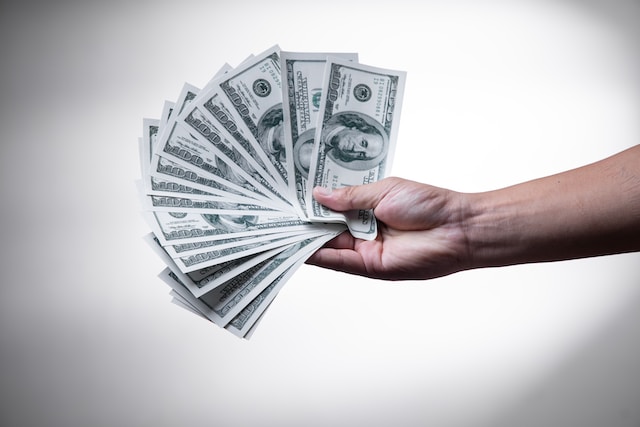In today’s digital landscape, artists have new and exciting avenues for monetizing their creations at an unprecedented speed. The fusion of art and technology has opened doors to diverse revenue streams, from online galleries to NFTs (Non-Fungible Tokens). In this article, we explore the fast-paced world of monetizing art in the digital age.
The Digital Art Boom
Digital art has experienced a surge in popularity, thanks in part to its accessibility and the ease with which it can be shared online. Artists can quickly create and distribute their work across the internet, reaching global audiences.
Online Art Marketplaces:
Online art marketplaces, such as Saatchi Art, Etsy, and Artfinder, provide platforms for artists to showcase and sell their work. These platforms offer a broad reach and connect artists directly with buyers.

Social Media and Art Promotion:
Social media platforms like Instagram, Pinterest, and TikTok serve as powerful marketing tools for artists. They allow artists to build a following, share their creative process, and attract potential buyers.
Art Commissions and Custom Work:
Many artists offer commissions and custom work. This allows them to tailor their creations to individual clients’ preferences, creating a unique and personalized piece of art.
Crowdfunding and Patronage:
Platforms like Patreon and Kickstarter enable artists to secure funding from supporters and patrons. Crowdfunding provides a steady income stream that supports ongoing artistic endeavors.
Virtual Galleries and Exhibitions:
Virtual reality (VR) galleries and online exhibitions have gained popularity, offering immersive art experiences. Artists can host exhibitions in digital spaces, attracting art enthusiasts from around the world.

Print-on-Demand Services:
Print-on-demand services allow artists to sell reproductions of their work as prints, posters, or merchandise. This approach leverages the popularity of an artist’s original creations.
NFTs and Digital Collectibles:
Non-Fungible Tokens (NFTs) have disrupted the art world by providing a secure and transparent way to sell digital art. NFTs represent ownership of a unique digital asset, often accompanied by additional benefits or access to the artist.
The NFT Art Revolution:
NFT art sales have garnered significant attention due to their record-breaking prices. Artists can tokenize their work, allowing collectors to buy, sell, and trade digital art with blockchain-based security.
Challenges and Considerations:
While monetizing art in the digital age offers numerous opportunities, it is not without challenges. Artists must navigate issues such as copyright, intellectual property, and the ever-evolving technology landscape.
Copyright and Licensing:
Artists must be vigilant about copyright and licensing agreements, ensuring that their work is protected and that they retain control over how it is used.
Balancing Artistic Vision and Commercial Success:
Artists often face the challenge of balancing their creative vision with the demands of the market. Striking this balance is essential for maintaining artistic integrity while monetizing art effectively.
Staying Informed and Adapting:
The digital landscape is constantly evolving. Artists must stay informed about emerging trends and technologies to remain relevant and competitive in the fast-paced art market.
Conclusion – The Digital Art Renaissance:
The digital age has ushered in a renaissance for artists seeking to monetize their work quickly and effectively. It offers an array of platforms, technologies, and revenue streams that empower artists to reach a global audience and secure their financial future. Whether through online marketplaces, NFTs, or social media, artists can now harness the power of the digital realm to turn their passion into profit. The world of art is evolving, and those who embrace the opportunities it presents are poised to thrive in this dynamic and fast-paced landscape.

